Cats have long been shrouded in mystery and myth, often seen as mystical creatures with nine lives and supernatural powers. However, when it comes to their health, there are many misconceptions that can lead to misunderstandings and potentially harm our feline friends. Let’s unravel these myths and discover the truth about cat health. Whether you’re a seasoned cat owner or a newbie, this exploration will help ensure your furry companion leads a happy, healthy life.
Cats Always Land on Their Feet
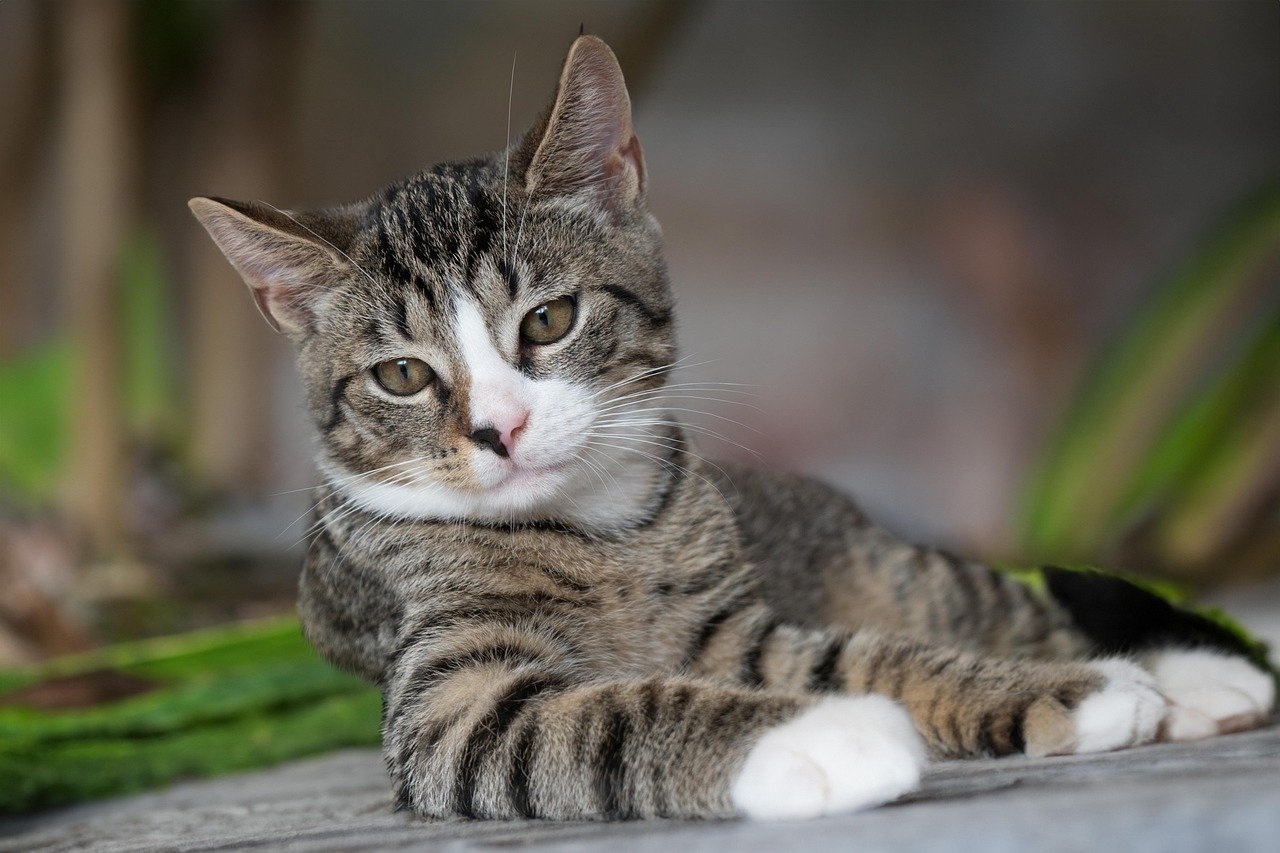
One of the most popular myths is that cats always land on their feet, no matter how they fall. While it is true that cats have a natural righting reflex that allows them to twist in mid-air, this doesn’t guarantee a safe landing every time. Factors such as the height of the fall and the surface can lead to injuries, including broken bones or worse. Cats may have an incredible agility, but assuming they’re invincible can lead to dangerous situations. Instead of relying on this myth, ensure your windows and balconies are secure to prevent any accidental falls.
Cats Can Live on a Diet of Milk
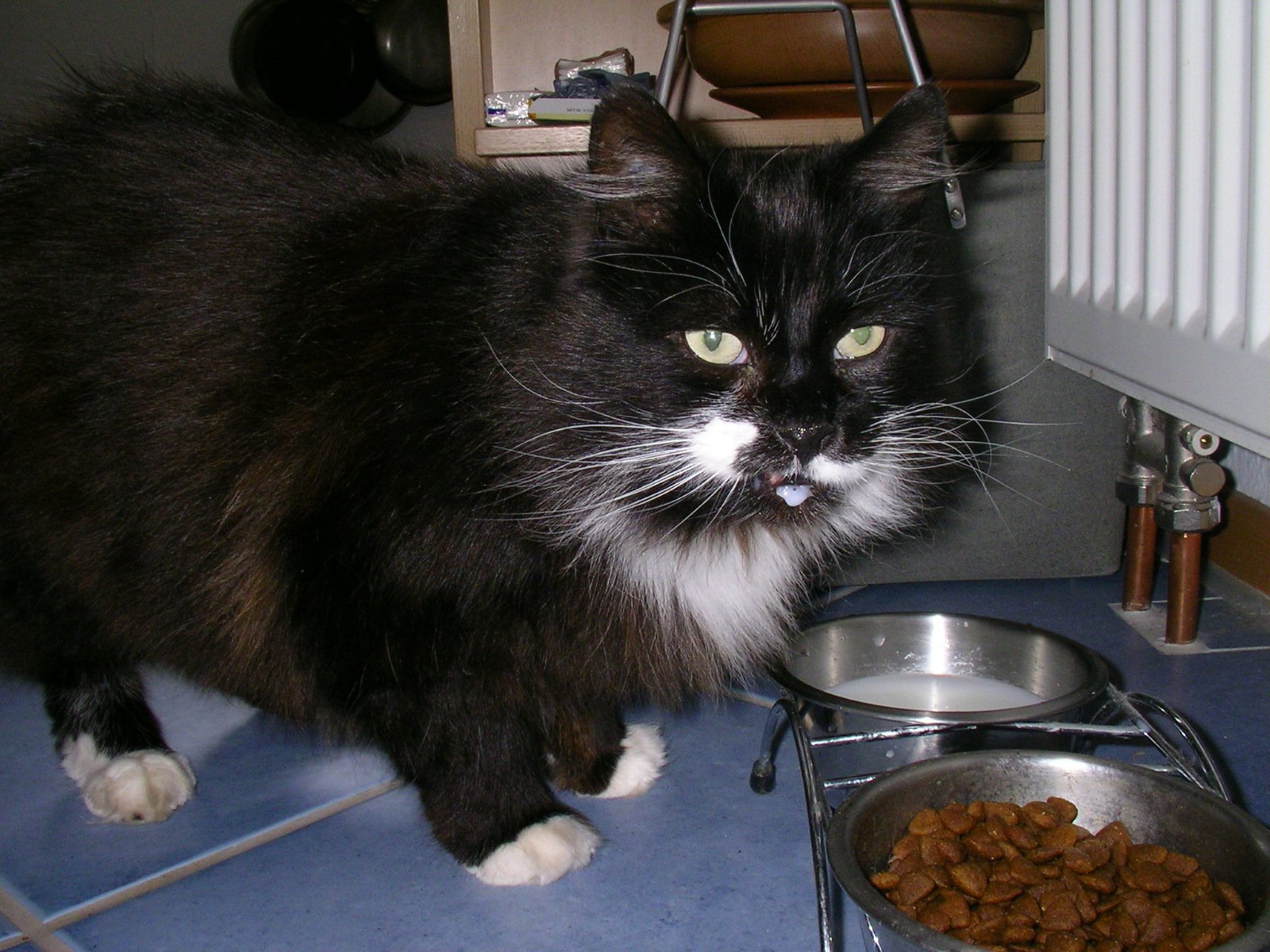
The image of a cat lapping up a bowl of milk is iconic, but feeding your cat milk regularly can be harmful. Many cats are lactose intolerant, meaning they can’t digest lactose found in milk properly. This can lead to digestive issues such as diarrhea and stomach upset. Cats require a balanced diet of proteins, fats, and vitamins to maintain their health. Instead of milk, provide fresh water and a diet specifically formulated for their nutritional needs.
Cats Don’t Need Regular Vet Visits
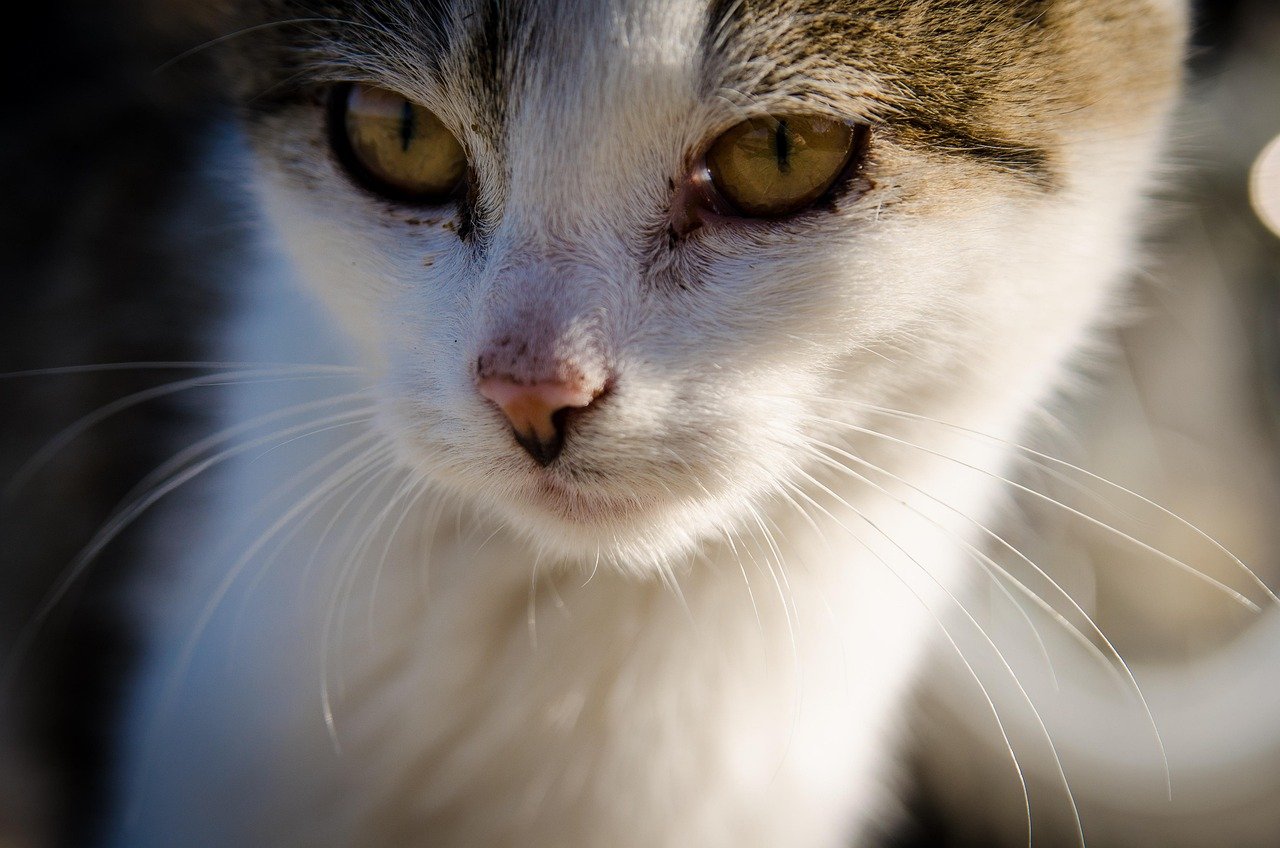
Some cat owners believe that their cats are low-maintenance and don’t require regular vet visits. This myth can have dire consequences. Cats are masters of disguise when it comes to hiding illness, often showing no symptoms until a condition is advanced. Regular veterinary check-ups can spot early signs of health issues, ensuring timely treatment. Preventative care, including vaccinations and dental check-ups, is essential in maintaining your cat’s well-being.
A Purring Cat is a Happy Cat
While purring can be a sign of contentment, it is not exclusively linked to happiness. Cats also purr when they are in pain, stressed, or even frightened. It’s a form of self-soothing or communication. Observing other body language cues, such as the position of the ears and tail, can provide a clearer picture of your cat’s emotional state. If your cat is purring excessively or in unusual situations, it might be time to investigate further with your vet.
Cats Don’t Need Grooming Assistance
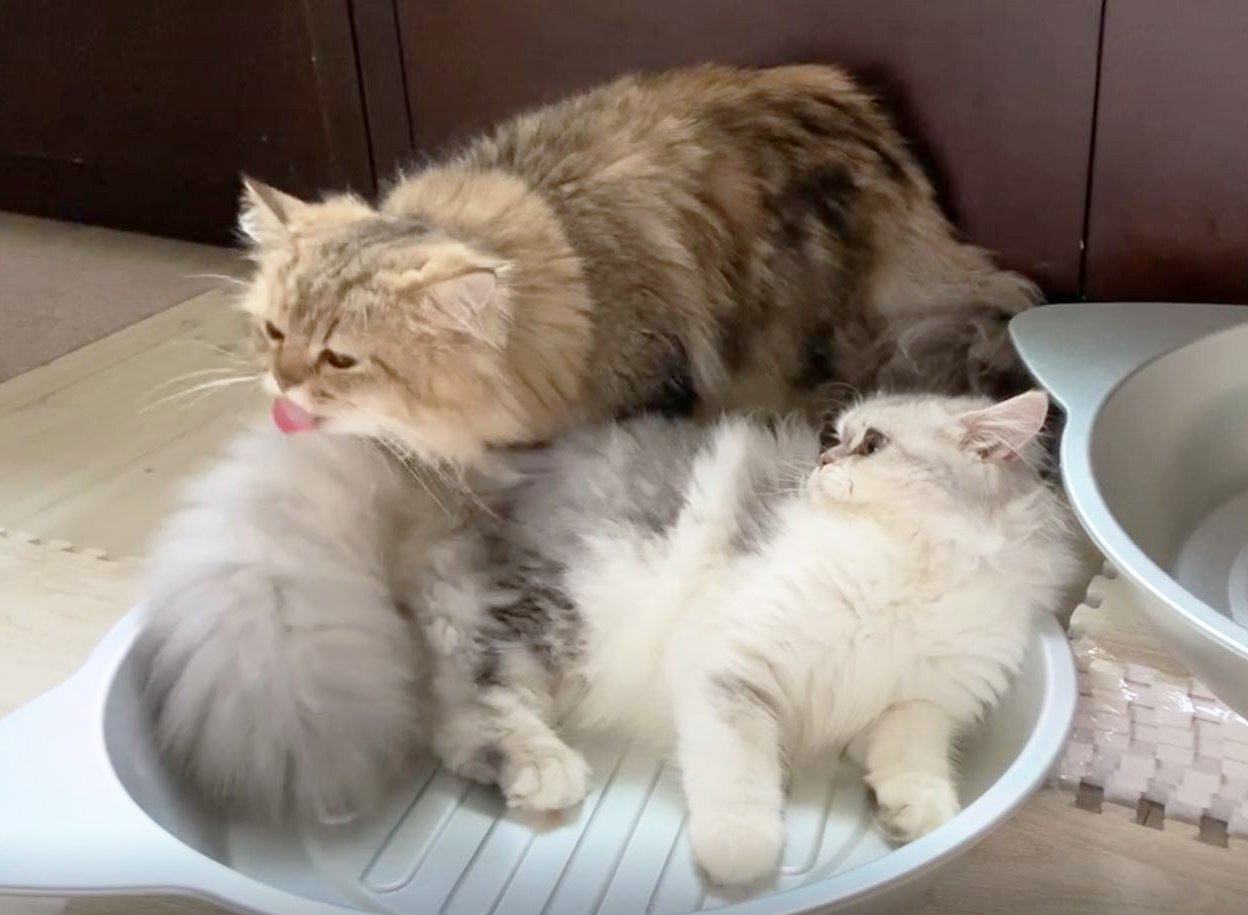
Cats are often seen as self-sufficient groomers, leading to the misconception that they don’t need grooming help. While they do spend a considerable amount of time cleaning themselves, they can still benefit from regular brushing. Long-haired breeds, in particular, are prone to matting and tangling. Regular grooming helps reduce shedding, prevent hairballs, and allows you to check for any skin issues or parasites. It’s also a wonderful bonding activity that can enhance your cat’s trust in you.
Indoor Cats Are Immune to Fleas and Ticks
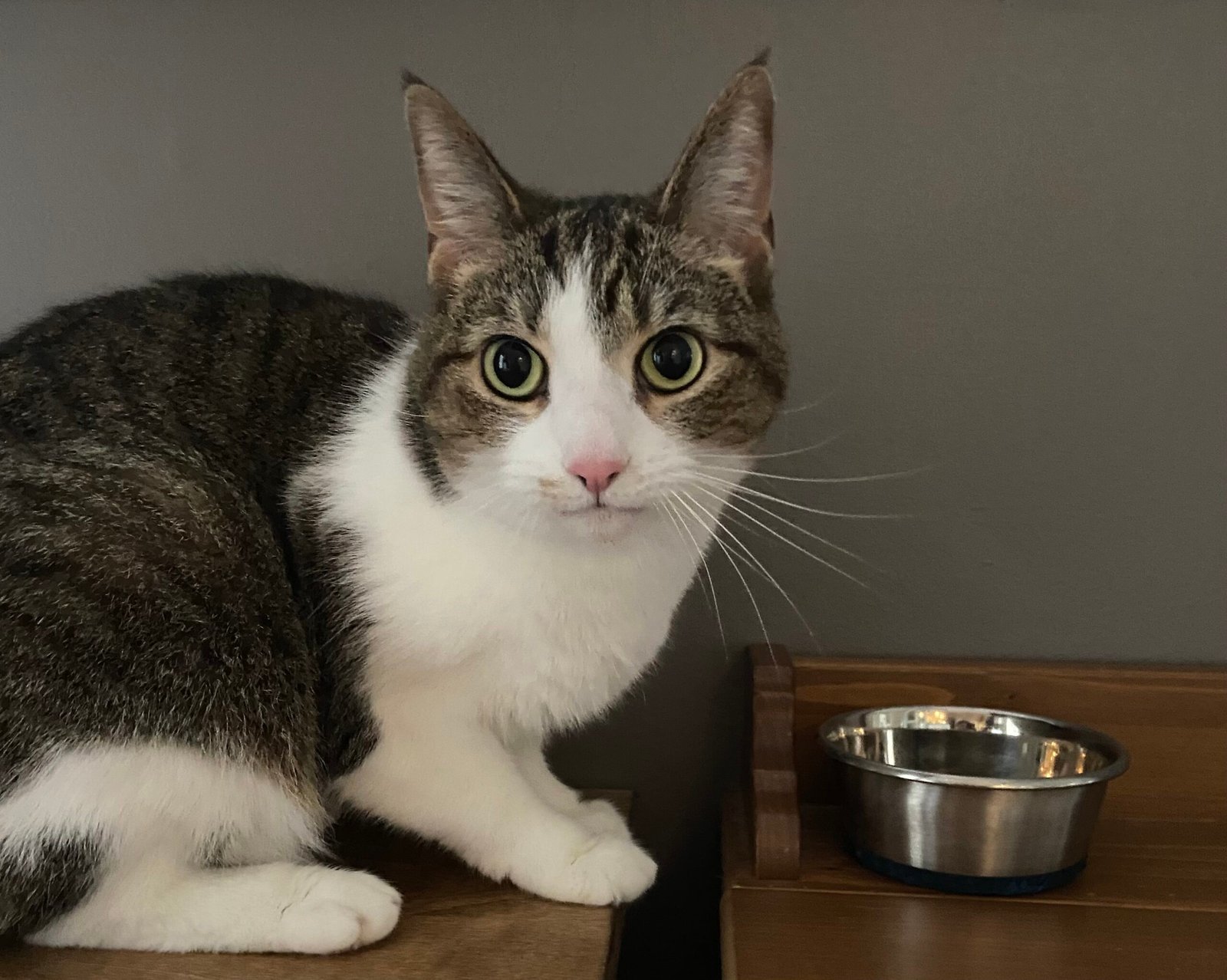
It’s a common belief that indoor cats are safe from parasites like fleas and ticks. Unfortunately, these pests are incredibly resilient and can enter homes through clothing, other pets, or open windows. Once inside, they can easily infest your indoor cat. Regular preventive treatments are essential to keep these parasites at bay. Consult your veterinarian for the most suitable flea and tick prevention methods for your cat’s lifestyle.
Cats Can See in Complete Darkness
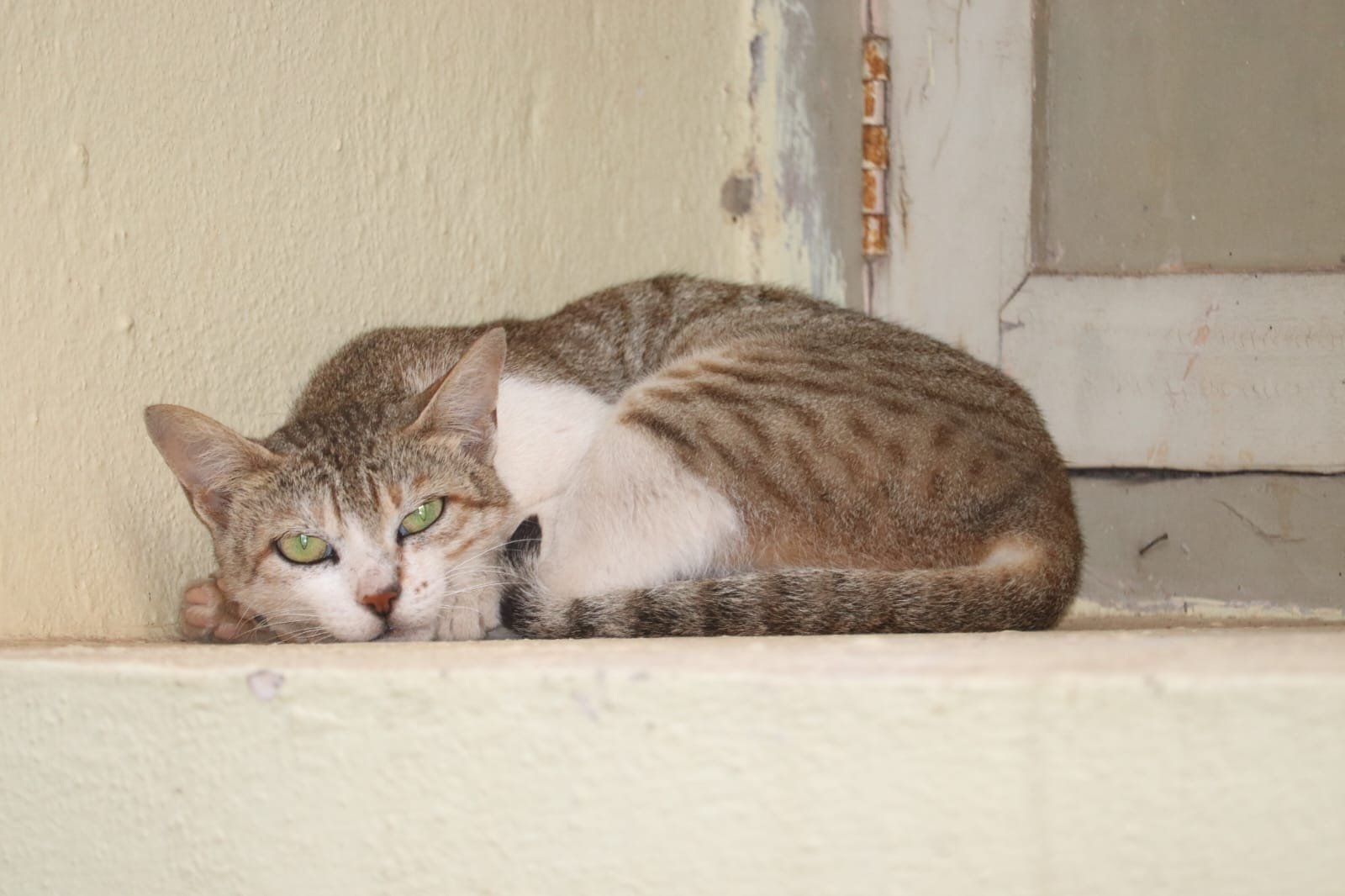
Cats have impressive night vision, but the idea that they can see in complete darkness is a myth. They require at least a little light to navigate. Their eyes are designed to make the most of low-light conditions, thanks to a special layer of cells called the tapetum lucidum, which reflects light back through the retina. This adaptation allows them to see in dim light, but not in total darkness. Providing a nightlight can help your cat move around safely at night.
Cats Are Anti-Social Creatures
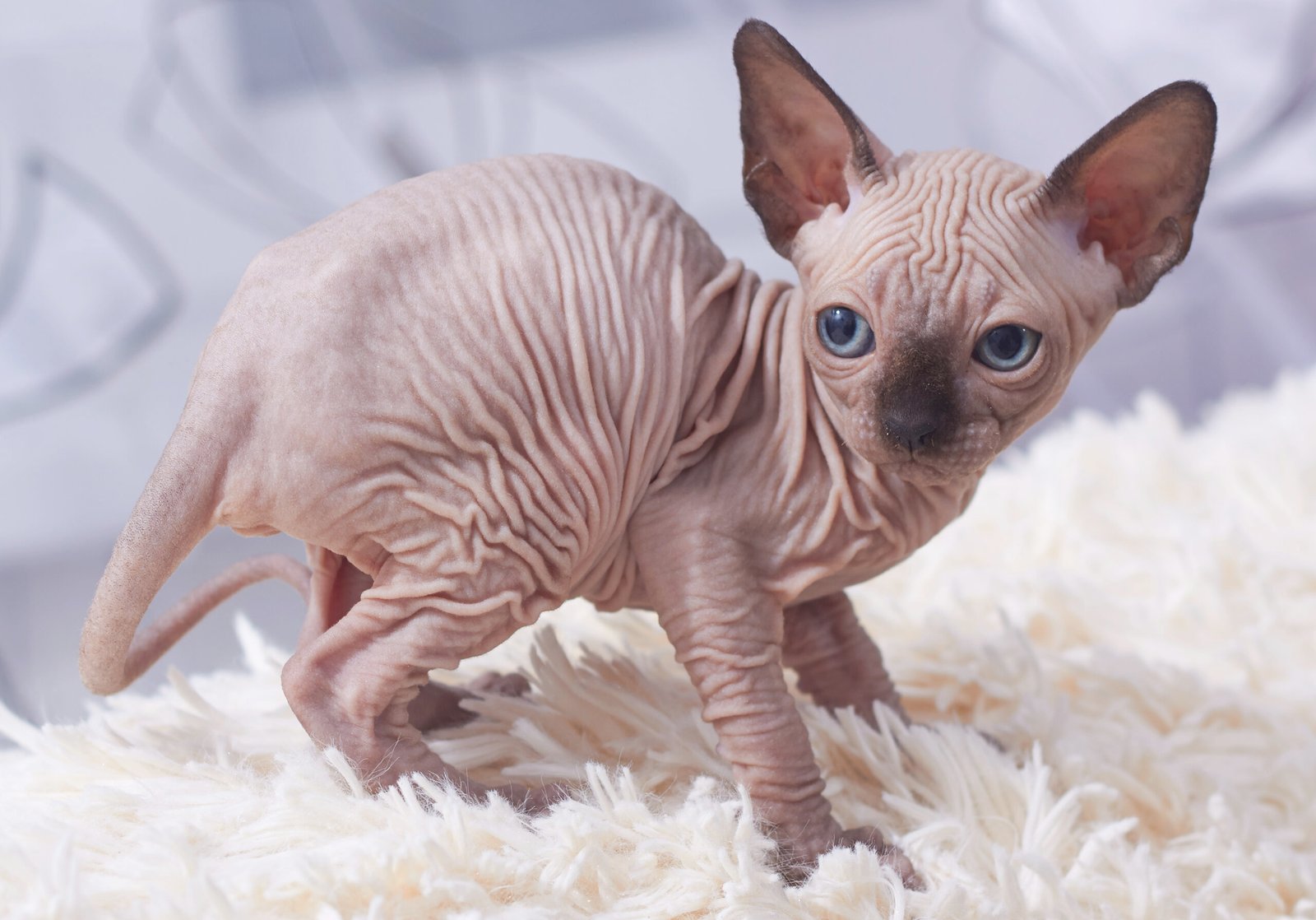
The stereotype of the aloof, independent cat is misleading. While cats may not be as overtly social as dogs, they do form strong bonds with their human companions and other animals. Many cats enjoy interaction and play and may follow their owners around the house. Understanding your cat’s unique personality and social needs is crucial in fostering a happy environment. Some cats may prefer quiet companionship, while others might enjoy interactive play sessions.
Indoor Cats Don’t Need Exercise

Just because a cat lives indoors doesn’t mean it doesn’t require exercise. Lack of physical activity can lead to obesity, which is a common issue among indoor cats. Engaging your cat in regular play sessions with toys like feather wands or laser pointers can help maintain a healthy weight and stimulate their natural hunting instincts. Providing a variety of toys and safe climbing spaces can also encourage exercise and mental stimulation.
All Cats Hate Water
It’s often assumed that all cats despise water. While many cats do avoid water, there are exceptions. Some breeds, like the Turkish Van, are known to enjoy swimming. Even if your cat isn’t a fan of baths, they may enjoy the sound of running water or playing with a dripping faucet. Respecting your cat’s individual preferences and slowly introducing them to water in a non-threatening way can help overcome any aversion.
Conclusion
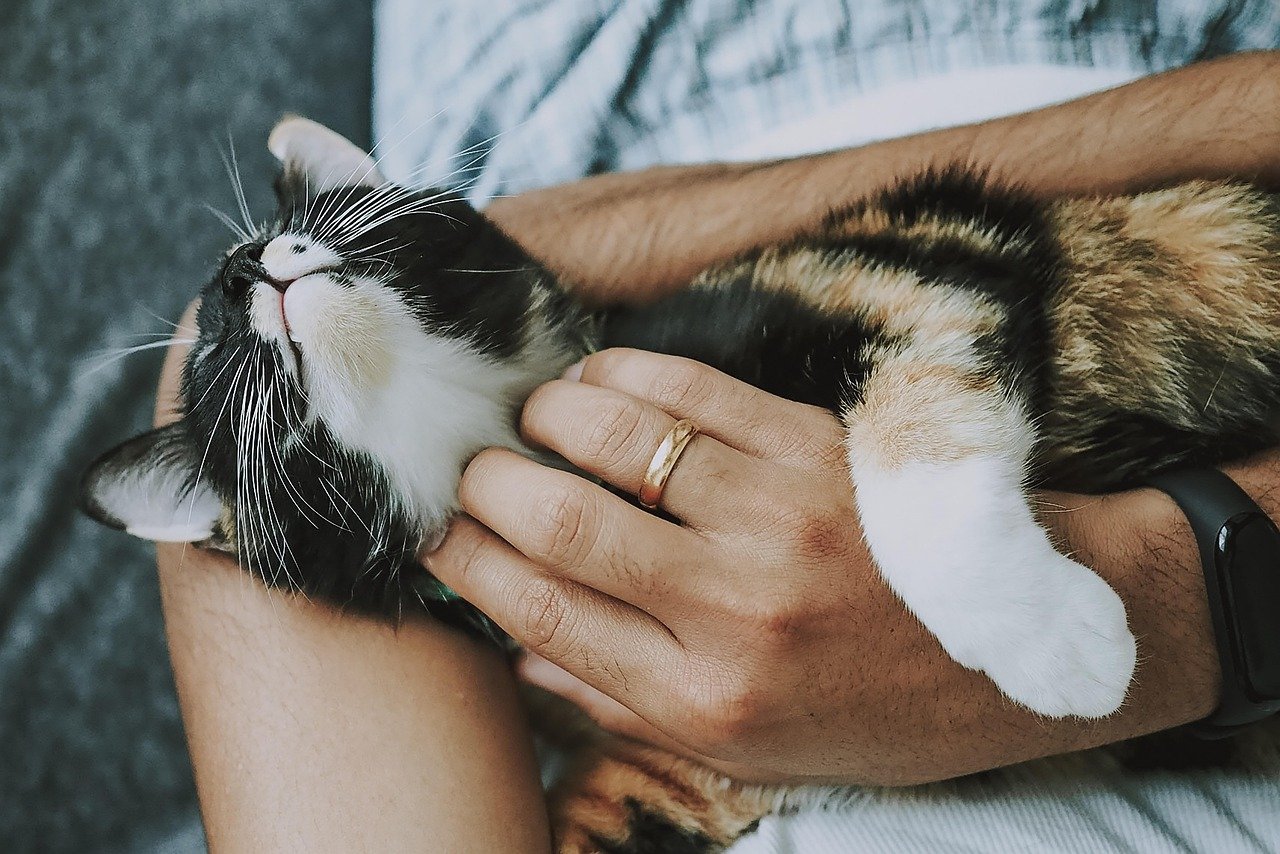
Understanding the truths behind these common myths can make a significant difference in the health and happiness of your cat. By debunking these misconceptions, you’re better equipped to provide the care and attention your feline friend deserves. Remember, every cat is unique, and knowing their specific needs is key to ensuring a long, joyful life together.
Hi, I’m Bola, a passionate writer and creative strategist with a knack for crafting compelling content that educates, inspires, and connects. Over the years, I’ve honed my skills across various writing fields, including content creation, copywriting, online course development, and video scriptwriting.
When I’m not at my desk, you’ll find me exploring new ideas, reading books, or brainstorming creative ways to solve challenges. I believe that words have the power to transform, and I’m here to help you leverage that power for success.
Thanks for stopping by, Keep coming to this website to checkout new articles form me. You’d always love it!






